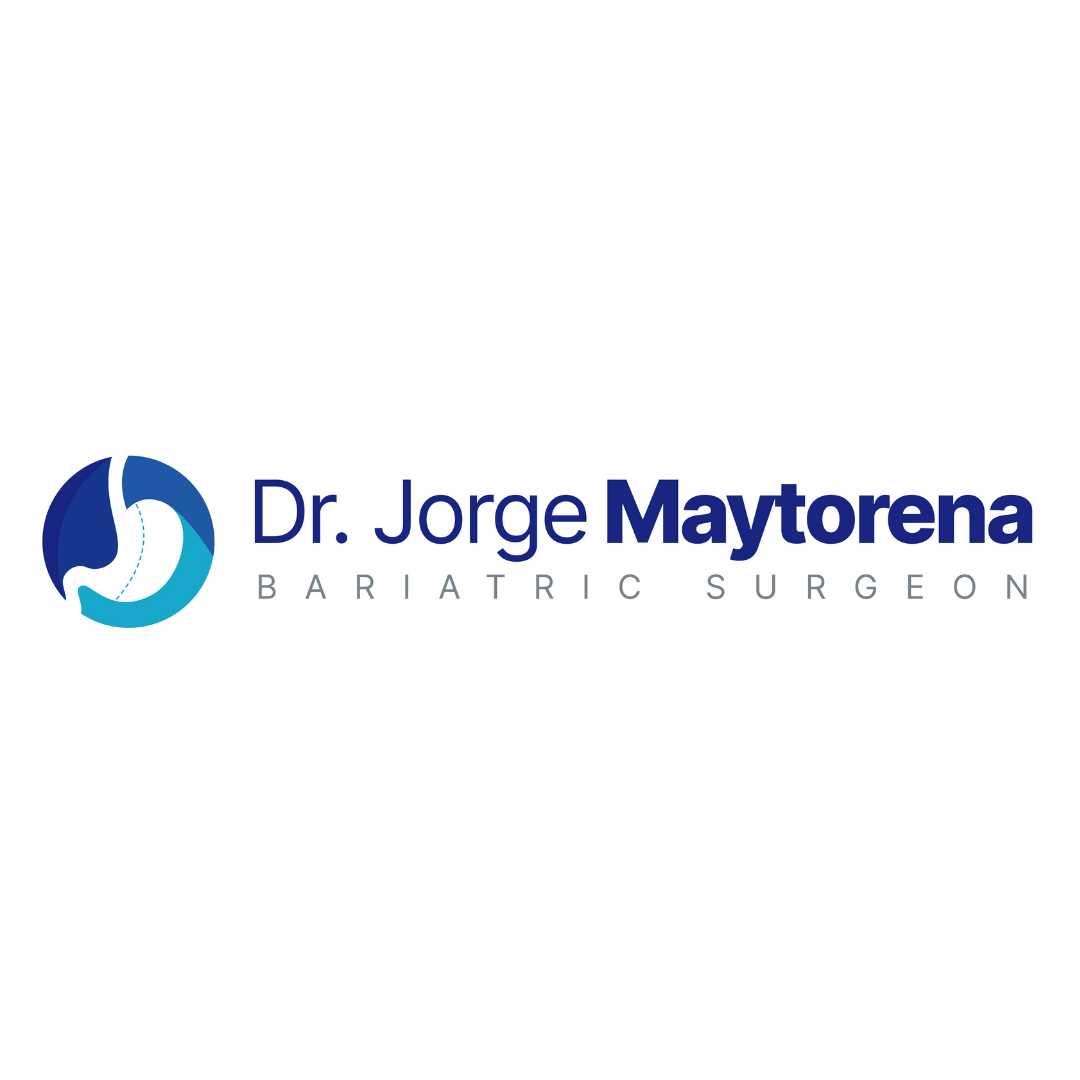Explore the Cost of Hernia Surgery in Mexico

If you're dealing with a hernia, you're likely looking for a solution that is both effective and affordable. For many, the high cost of medical procedures in countries like the United States can be a major obstacle. This is where medical tourism to Mexico comes in as a highly attractive option. Hernia surgery in Mexico is not only significantly cheaper, but it is also performed by highly qualified surgeons in modern, well-equipped hospitals.
Many patients from the US and Canada travel to Mexico each year for various medical procedures, including hernia repair, and return home with positive experiences and significant savings. This guide will walk you through everything you need to know about the cost of hernia surgery in Mexico, what factors influence the price, and what you can expect from the experience.
What is the average cost of hernia surgery in Mexico?
The cost of hernia surgery in Mexico is a fraction of what you would pay in the United States. While the average cost in the US can be anywhere from $7,000 to $15,000 or even more, Mexico offers a much more affordable alternative. The lower cost is not a reflection of lower quality but is due to the lower cost of living, operational expenses for hospitals, and medical malpractice insurance in Mexico.
Here's a general breakdown of what you can expect to pay for different types of hernia surgeries in Mexico:
- Inguinal Hernia Repair: $2,800 - $4,500
- Umbilical Hernia Repair: $2,500 - $4,000
- Hiatal Hernia Repair: $3,500 - $5,500
- Incisional Hernia Repair: $3,000 - $5,000
How much does inguinal hernia surgery cost in Mexico?
Inguinal hernias are the most common type of hernia, especially in men. The surgery to repair an inguinal hernia is straightforward and can be done through either open or laparoscopic surgery. The cost in Mexico for this procedure is significantly lower than in the US, making it a popular choice for medical tourists.
The price for an inguinal hernia repair in Mexico usually includes the surgeon's fees, anesthesia, hospital stay, and pre-operative tests. It's important to confirm with your chosen clinic what is included in their package to avoid any surprise costs.
What is the cost of umbilical hernia surgery in Mexico?
An umbilical hernia occurs when part of the intestine bulges through the abdominal wall near the belly button. This type of hernia is common in infants but can also affect adults. The surgery to repair an umbilical hernia is typically a quick and minimally invasive procedure.
The cost of umbilical hernia surgery in Mexico is very competitive, and many clinics offer all-inclusive packages for international patients. These packages often include transportation from the airport, accommodation, and the surgical procedure itself, making the entire process hassle-free.
How much can I save by having hernia surgery in Mexico?
The potential for savings is the primary reason why so many people travel to Mexico for medical procedures. A hernia surgery that could cost you over $10,000 in the US can be done for as little as $3,000 in Mexico, without sacrificing the quality of care. These savings can be life-changing for those who are uninsured or have high-deductible insurance plans.
Here is a comparison table to illustrate the potential savings:
| Procedure | Average Cost in the US | Average Cost in Mexico |
|---|---|---|
| Inguinal Hernia Repair | $7,000 - $12,000 | $2,800 - $4,500 |
| Umbilical Hernia Repair | $6,000 - $10,000 | $2,500 - $4,000 |
What factors affect the cost of hernia surgery in Mexico?
- Type of Hernia: More complex hernias, like hiatal or incisional hernias, will generally cost more to repair than simpler ones like umbilical hernias.
- Surgical Technique: There are two main surgical techniques for hernia repair: open surgery and laparoscopic surgery. Laparoscopic surgery is a minimally invasive technique that often has a shorter recovery time but can be slightly more expensive than open surgery.
- Surgeon's Experience and Reputation: Highly experienced and renowned surgeons may charge more for their services. However, even the top surgeons in Mexico are significantly more affordable than their counterparts in the US.
- Hospital and Clinic: The choice of hospital or clinic will also impact the cost. Larger, more modern hospitals in major cities may have higher prices than smaller clinics in other areas.
- Geographic Location: The cost of medical procedures can vary between different cities in Mexico. Popular medical tourism destinations like Tijuana and Cancun may have slightly different pricing.
What is included in the hernia surgery cost in Mexico?
When you receive a quote for hernia surgery in Mexico, it's important to understand what is included in the price. Most reputable clinics and hospitals offer comprehensive packages for international patients to make the process as smooth as possible. These packages typically include:
- Surgeon's fees
- Anesthesiologist's fees
- Hospital or clinic fees
- Cost of surgical mesh (if required)
- Pre-operative tests and consultations
- Post-operative medications and follow-up appointments
- Transportation to and from the airport and hotel
- Accommodation for a specified number of days
Always ask for a detailed breakdown of the costs to ensure there are no hidden fees. A transparent pricing structure is a sign of a trustworthy medical provider.
Is hernia surgery in Mexico safe?
The quality of medical care in Mexico is a common concern for those considering medical tourism, but it's a misconception that lower cost means lower quality. Many surgeons in Mexico have been trained in the US or Europe and have extensive experience in their field. The hospitals are often modern and equipped with the latest technology.
To ensure your safety, it's crucial to do your research and choose a reputable hospital and surgeon. Look for certifications from international bodies like the Joint Commission International (JCI) and read patient reviews and testimonials.
How do I find a good surgeon for hernia surgery in Mexico?
Finding the right surgeon is the most important step in planning your medical trip to Mexico. Here are some tips to help you find a qualified and experienced surgeon:
- Check for Board Certification: Ensure that the surgeon is board-certified in general surgery and has a specialization in hernia repair.
- Look at their Experience: Choose a surgeon who has performed a high volume of hernia surgeries. Experience matters when it comes to surgical outcomes.
- Read Patient Reviews: Look for reviews and testimonials from previous patients. This can give you an idea of the surgeon's bedside manner and the quality of their work.
- Use a Medical Tourism Agency: Reputable medical tourism agencies like PlacidWay can connect you with pre-screened, high-quality surgeons and hospitals in Mexico, taking the guesswork out of the process.
What is the recovery time for hernia surgery in Mexico?
Your surgeon will provide you with detailed post-operative instructions to ensure a smooth recovery. It's important to follow these instructions carefully to minimize the risk of complications. You will likely need to stay in Mexico for a few days after your surgery for a follow-up appointment before you are cleared to travel back home.
Can I use my health insurance for hernia surgery in Mexico?
Even if your insurance doesn't cover the full cost, you may be able to get reimbursement for a portion of the expenses. It's worth contacting your insurance company to inquire about their policies on international medical care. However, even without insurance, the out-of-pocket cost of hernia surgery in Mexico is often still much lower than the deductible you would have to pay in the US.
What are the benefits of having hernia surgery in Mexico?
- Cost Savings: As discussed, the cost savings are the most significant advantage.
- High-Quality Care: Mexico has a growing reputation for excellent medical care, with many internationally accredited hospitals and highly skilled surgeons.
- No Waiting Lists: In countries with public healthcare systems, waiting lists for non-emergency surgeries can be long. In Mexico, you can typically schedule your surgery very quickly.
- A Relaxing Recovery: Many patients enjoy the opportunity to recover in a pleasant environment, away from the stresses of daily life.
What should I look for in a hernia surgery package in Mexico?
A good hernia surgery package should provide you with all the information you need to make an informed decision. Look for packages that offer:
- A clear and detailed quote with no hidden costs.
- Information about the surgeon's credentials and experience.
- Details about the hospital or clinic, including accreditation and facilities.
- Inclusions such as accommodation, transportation, and post-operative care.
- Support services for international patients, such as language interpretation and assistance with travel arrangements.
How do I prepare for hernia surgery in Mexico?
Your surgeon will give you specific instructions on how to prepare for your surgery, which may include dietary restrictions and medication adjustments. You will also need to arrange your flights and accommodation in Mexico. Many medical tourism agencies can help you with these arrangements to make the process easier.
Is it safe to travel to Mexico for medical tourism?
Like with any international travel, it's important to take precautions and be aware of your surroundings. Stick to well-known and reputable clinics and hospitals, and arrange your transportation and accommodation in advance. Millions of tourists visit Mexico safely every year, and medical tourists are generally well-cared for.
Why is hernia surgery cheaper in Mexico?
The cost of running a hospital or clinic in Mexico is significantly lower than in the United States. This includes everything from rent and utilities to the salaries of doctors, nurses, and administrative staff. Additionally, the cost of medical malpractice insurance for surgeons is much lower in Mexico, which further reduces the overall cost of medical procedures. These savings are passed on to the patients, making Mexico an affordable destination for high-quality medical care.
Ready to explore your options for affordable, high-quality hernia surgery in Mexico? Explore PlacidWay to find trusted clinics, experienced surgeons, and all-inclusive packages tailored to your needs.


.png)


.png)











Share this listing